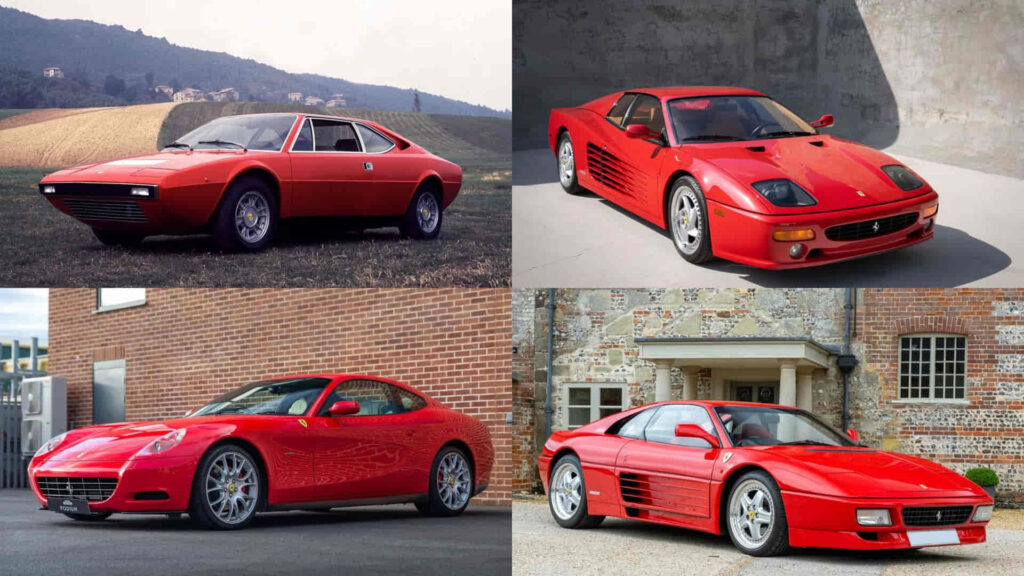
Can a Ferrari ever be ugly? For decades the name Ferrari has been synonymous with perfection, passion, and breathtaking design. Every curve, every line, and every roar of its V12 has symbolized the very essence of Italian artistry. Yet not every creation from Maranello has turned heads for the right reasons. Behind the glory of iconic models like the 250 GTO and the LaFerrari lies a darker chapter of awkward proportions and questionable styling choices.
This list explores the Top 10 Worst-Looking Ferrari Cars That Shocked Every Supercar Fan, a journey through the rare moments when the masters of automotive beauty seemed to lose their magic touch. From overextended grand tourers to confused modern coupes, these cars challenge the idea that every Ferrari is a rolling masterpiece. Whether you are a diehard fan or a casual admirer, this story will make you see Ferrari’s legacy in a new light, proving that even legends can sometimes stumble in pursuit of innovation.
Contents
Ferrari 612 Scaglietti (2004–2011)
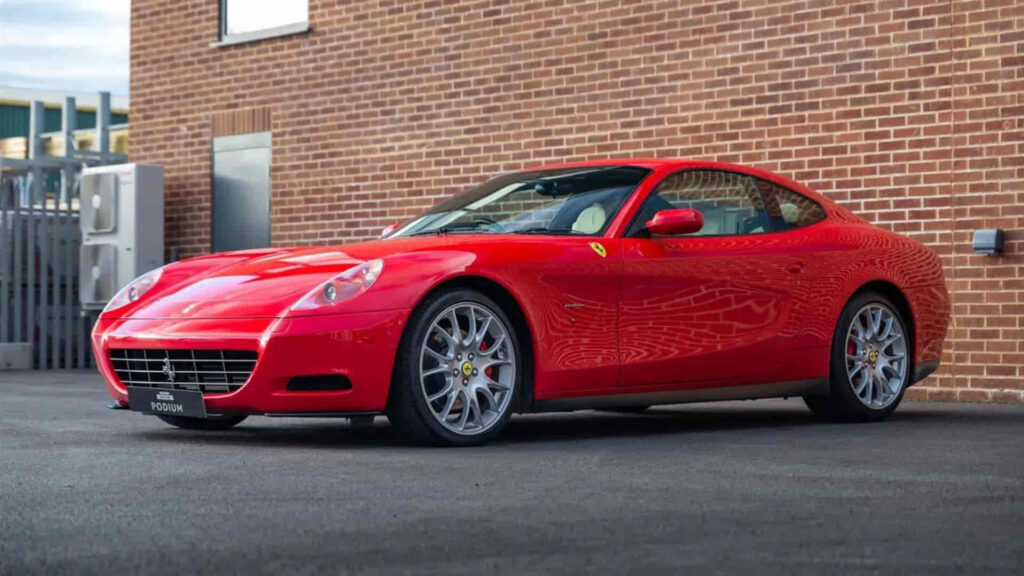
When Ferrari unveiled the 612 Scaglietti in 2004, expectations were sky-high. It was supposed to be the perfect blend of elegance and grand touring power, a successor worthy of carrying both four passengers and Ferrari’s proud design DNA. But what enthusiasts got instead was one of the most controversial silhouettes ever to leave Maranello.
The 612 Scaglietti’s proportions were its downfall. The long wheelbase and high roofline made it look more like a luxury whale than a sleek Italian supercar. Critics quickly labeled it as an ugly Ferrari 612 Scaglietti, arguing that it lacked the sensual curves and aggressive stance that defined Ferrari’s beauty for decades. The rear section appeared bloated, the headlights seemed misplaced, and the overall design felt distant from the emotional artistry that fans associate with the brand.
Yet, beneath that polarizing body was an impressive V12 engine capable of pushing the car past 320 kilometers per hour. It was a car that drove beautifully but photographed poorly. This contradiction made the 612 Scaglietti one of the most interesting worst-looking Ferrari cars in history. It stands as a reminder that performance alone cannot save a design that fails to capture the heart, especially when it wears the iconic Prancing Horse badge.
Ferrari 400i (1979–1985)
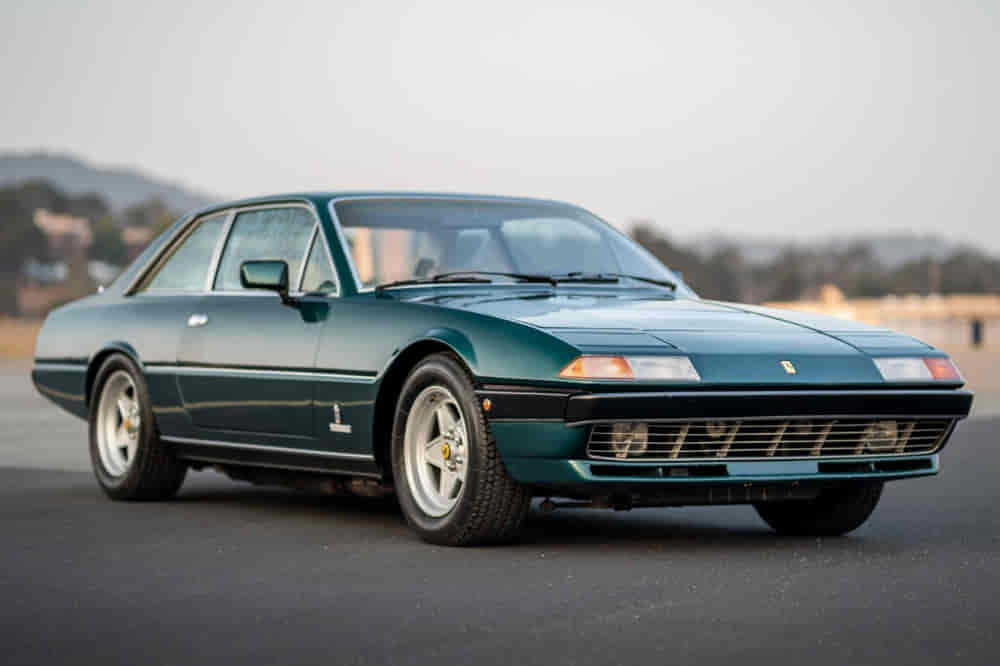
The Ferrari 400i is one of those models that made enthusiasts question whether beauty was still part of Ferrari’s DNA during the late 1970s. When it first appeared, it broke away from the flowing shapes that had defined the brand for decades. Instead, it adopted a boxy, almost corporate look that many critics claimed felt more suited to a luxury sedan than a thoroughbred Italian supercar.
Designed by Pininfarina, the 400i carried sharp lines, rectangular headlights, and a long flat hood that gave it a heavy and uninspired appearance. At a time when Ferrari was known for sensual curves and aerodynamic grace, this model stood out for all the wrong reasons. Some fans even called it the worst-looking Ferrari of its era, an awkward experiment that sacrificed passion for practicality.
However, behind its uninspired exterior, the 400i had an interesting story. It was the first Ferrari ever offered with an automatic transmission, designed to appeal to a new type of buyer who wanted comfort over raw performance. The problem was that in trying to please that audience, Ferrari lost its visual fire. Today, the Ferrari 400i serves as a reminder that luxury and elegance do not always coexist with excitement, and that even Maranello can sometimes design a car that fails to ignite emotion.
Ferrari FF (2011–2016)
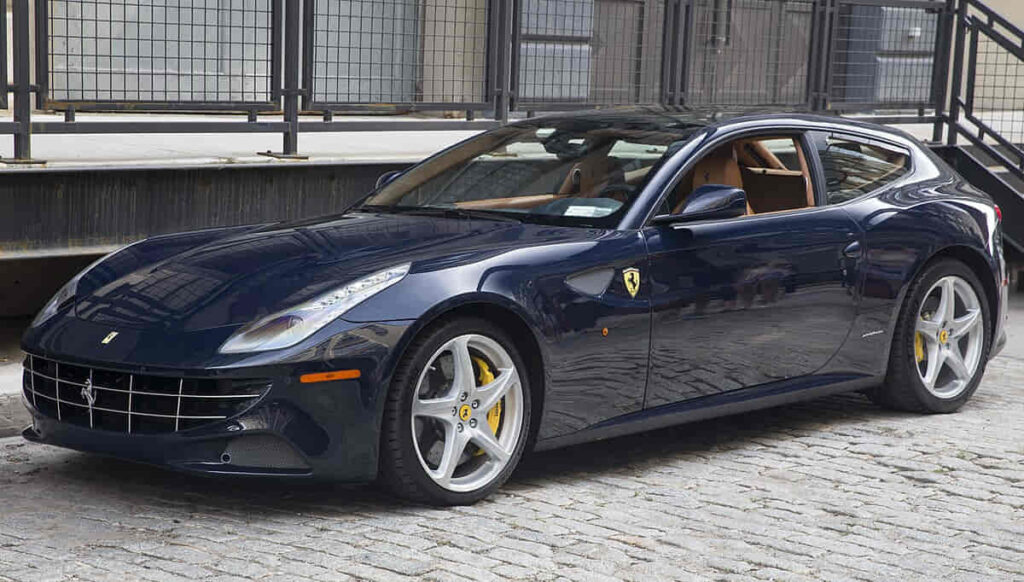
When Ferrari introduced the FF in 2011, the world expected another masterpiece from Maranello. What they got instead was one of the most debated designs in the company’s modern history. The Ferrari FF, short for “Ferrari Four,” referred to its four seats and four-wheel drive, a bold concept that was supposed to redefine the grand tourer. Yet its unusual shooting brake body style left many fans wondering whether Ferrari had lost its sense of style.
From the front, the FF appeared elegant, even aggressive, with its long hood and sculpted headlights. But move to the side and the illusion broke. The sloping rear and hatchback profile gave it a look that felt more like a luxury wagon than a supercar. Many enthusiasts labeled it an ugly Ferrari FF, saying it looked confused, neither practical enough to be a family car nor sleek enough to be a Ferrari.
Despite the design criticism, the FF was a technological marvel. Its V12 engine delivered brutal power, and its innovative all-wheel-drive system made it one of the most usable Ferraris ever built. Still, for purists, design matters as much as performance. The FF became a symbol of Ferrari’s struggle to balance innovation with beauty, a reminder that even the most advanced engineering cannot always save a worst-looking Ferrari from public debate.
Ferrari 348 (1989–1995)
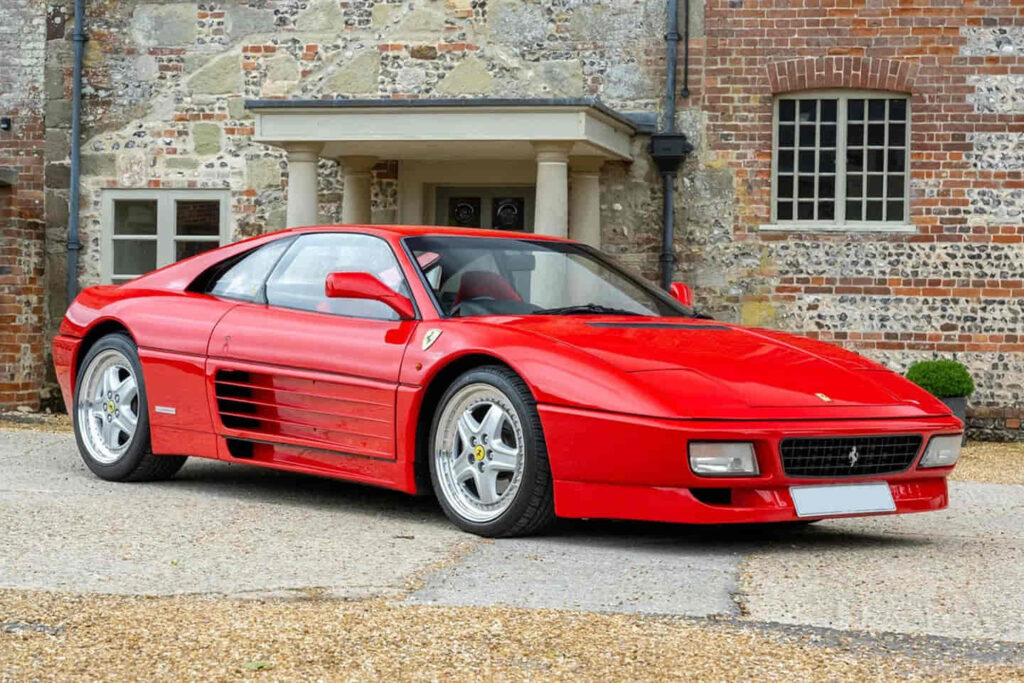
The late 1980s marked a turning point for Ferrari. After the worldwide success of the Testarossa, fans eagerly awaited the brand’s next mid-engine masterpiece. What arrived was the Ferrari 348, a car that promised raw performance but ended up dividing the Ferrari community in ways few models ever had.
At first glance, the 348 looked like a continuation of the Testarossa’s design language, with its signature side strakes and aggressive stance. But on closer inspection, the proportions felt awkward. The car appeared narrow and heavy at the same time, with angular lines that lacked the sensual flow Ferrari was famous for. Some enthusiasts even referred to it as an ugly Ferrari 348, saying it looked like a Testarossa imitation that had lost its confidence.
Performance-wise, the 348 was no disaster. It delivered impressive speed and handling for its era, but its aesthetics failed to keep up with Ferrari’s own legacy. The rear grille looked oversized, the front end lacked character, and the interior design felt dated before its time. The Ferrari 348 became a classic example of how trying too hard to follow a legend can result in a worst-looking Ferrari that simply could not capture the same magic.
Ferrari Mondial 8 (1980–1982)
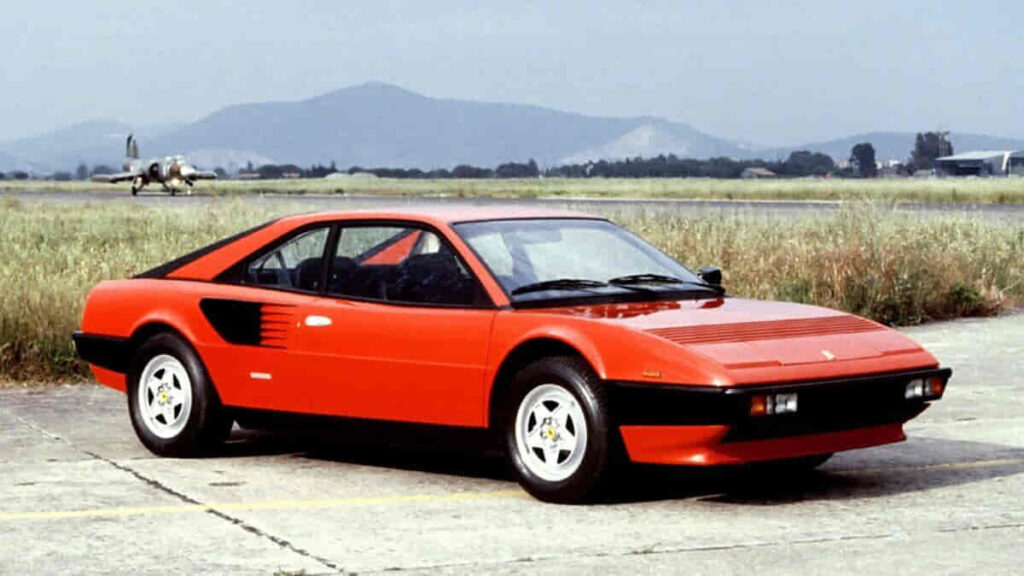
The Ferrari Mondial 8 is often remembered as the car that tested the patience of Ferrari loyalists. Released in the early 1980s, it was meant to offer practicality with its four-seat layout while maintaining the thrill of a mid-engine sports car. Instead, it became one of the most criticized Ferraris ever made, earning a reputation as one of the worst-looking Ferrari cars in history.
Visually, the Mondial 8 lacked the elegance that fans expected from Maranello. Its proportions were off balance, the front end too long, and the rear far too heavy. From certain angles, it looked clumsy, almost as if the design team struggled to merge function with flair. The ugly Ferrari Mondial became a frequent topic of discussion among enthusiasts, who joked that it was a Ferrari for those who did not want to be noticed.
Yet despite its awkward appearance, the Mondial 8 played a unique role in Ferrari’s evolution. It represented an attempt to expand the brand’s audience by making a more usable grand tourer. The idea was noble, but the execution fell short. Today, the Ferrari Mondial 8 stands as a reminder that even the world’s most celebrated carmaker can misread the balance between beauty, performance, and everyday usability.
Ferrari California (2008–2014)
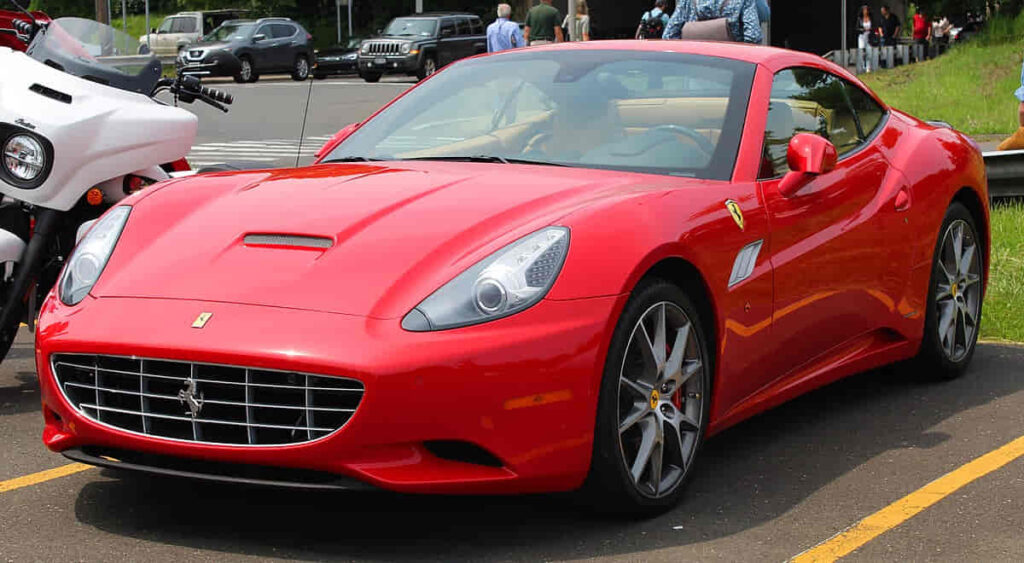
When Ferrari introduced the California in 2008, it was marketed as the brand’s most approachable grand tourer, a convertible that could be driven daily without sacrificing prestige. It sounded perfect on paper, yet when the covers came off, many enthusiasts were left underwhelmed. The Ferrari California quickly became one of the most divisive models in modern Ferrari history, often cited as one of the worst-looking Ferrari cars ever built.
The main issue lay in its design language. The front end felt too long and heavy, while the rear lacked the tension and athleticism that defined Ferrari’s visual DNA. Critics argued that it looked too soft, too polite, and too focused on luxury rather than passion. For a brand synonymous with fiery performance and sculptural beauty, the ugly Ferrari California felt like a compromise meant to please new buyers instead of loyal fans.
To its credit, the California performed admirably. Its V8 engine delivered smooth power, and the retractable hardtop made it practical for everyday use. But the emotional spark was missing. The car looked more like a Mediterranean cruiser than an Italian stallion. In the end, the Ferrari California became a symbol of Ferrari’s identity crisis, proving that accessibility and allure do not always blend gracefully in the world of supercars.
Ferrari 208 GT4 (1973–1975)
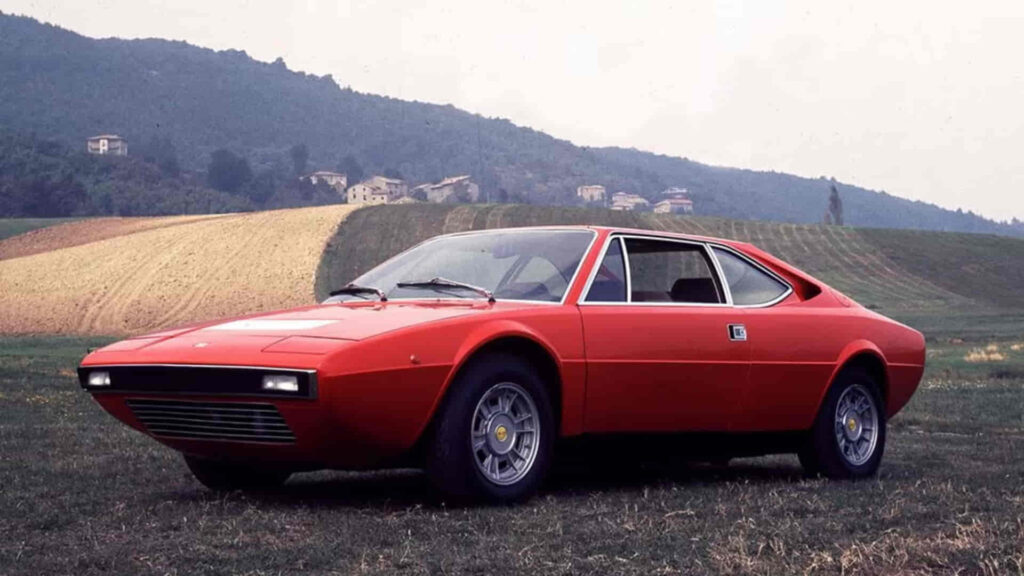
The Ferrari 208 GT4 stands as one of the most unexpected chapters in Ferrari’s design story. When it debuted in the early 1970s, it broke almost every visual rule that had defined the brand for decades. Instead of the sensual curves sculpted by Pininfarina, Ferrari turned to Bertone for a new creative direction, resulting in a sharp wedge-shaped body that shocked traditionalists. What was meant to look futuristic instead became one of the worst-looking Ferrari cars of its time.
The 208 GT4’s biggest flaw was its identity crisis. It looked more like a prototype from an experimental design studio than a true Ferrari. The angular lines lacked emotional flow, and the compact V8 proportions made it appear more functional than passionate. Many fans simply could not connect with it, calling it an ugly Ferrari 208 GT4 that felt too distant from Maranello’s romantic heritage. Even though the handling and balance were impressive, the visual impact was cold and mechanical.
Despite the criticism, the 208 GT4 has gained a cult following over the years. Some collectors now admire its uniqueness and the bold risk Ferrari took by stepping away from convention. But for many purists, the car remains a reminder of a time when the pursuit of innovation temporarily overshadowed the artistry that made Ferrari timeless.
Ferrari 512M (1994–1996)
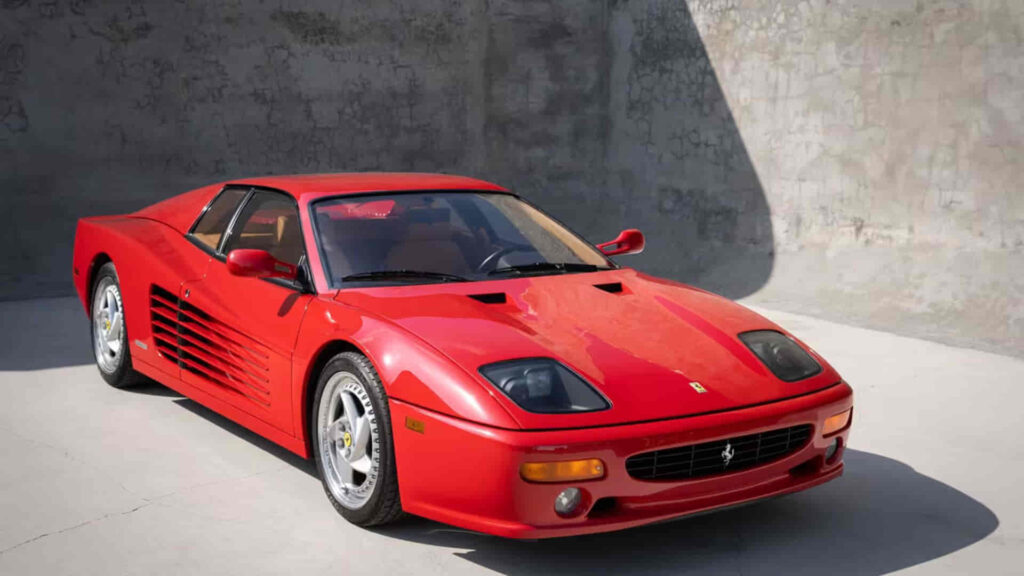
When Ferrari decided to refresh the legendary Testarossa for the mid-1990s, expectations were impossibly high. The result was the Ferrari 512M, a model that aimed to modernize a design icon but instead became one of the worst-looking Ferrari cars ever to leave Maranello. It was the final evolution of a masterpiece that many fans wished had been left untouched.
The 512M attempted to replace the Testarossa’s signature pop-up headlights with fixed circular lamps, a change that completely altered the car’s character. The sleek symmetry of the original design was replaced with awkward eyes and exaggerated curves that felt disconnected from the Ferrari spirit. Critics immediately labeled it an ugly Ferrari 512M, describing its front fascia as cartoonish and its tail as unnecessarily busy.
Yet, beneath the controversial exterior, the 512M remained a true Ferrari in performance. Its 4.9-liter flat-twelve engine produced stunning power, and its handling was sharper than ever. But the design overshadowed its brilliance. For many, the 512M symbolized a design misstep, proof that even a legendary form can lose its magic when tampered with too much. Today, it stands as a visual cautionary tale about the thin line between evolution and excess in automotive design.
Ferrari F50 (1995–1997)
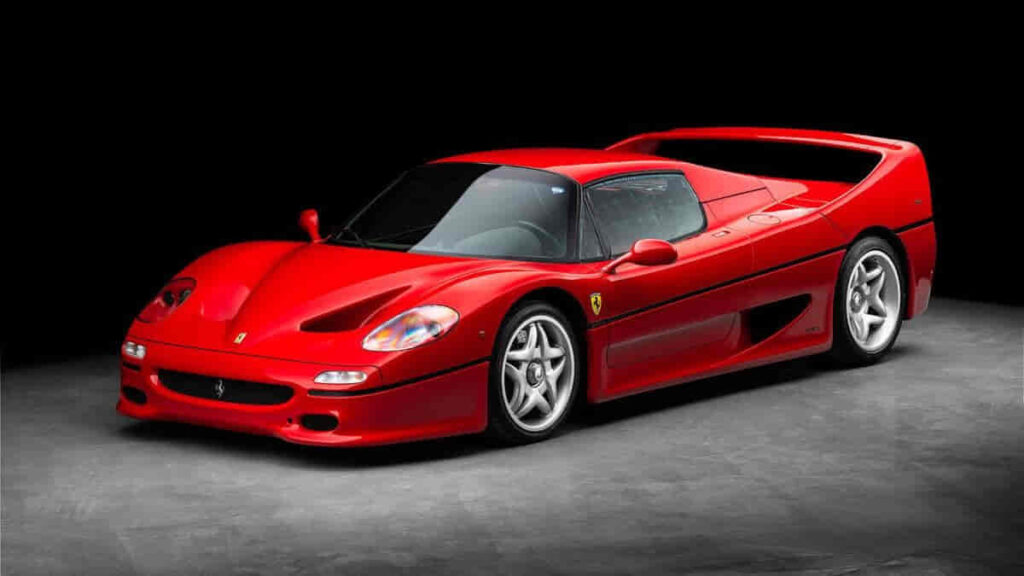
Few Ferraris have divided the automotive world quite like the F50. Created to celebrate the brand’s 50th anniversary, it was intended to be a bridge between Formula 1 technology and road-going passion. Instead, it became one of the most polarizing designs ever to wear the Prancing Horse badge. While the performance was extraordinary, many enthusiasts and critics alike considered the F50 one of the worst-looking Ferrari cars of its era.
The Ferrari F50’s design was extreme from every angle. Its enormous rear wing, bulbous curves, and exposed intakes made it look more like a concept car than a refined supercar. Fans of the classic Ferrari aesthetic saw it as excessive and unbalanced. The ugly Ferrari F50 quickly became a topic of debate, symbolizing the tension between function and beauty. Its aggressive aerodynamic focus made it a track monster but robbed it of the timeless elegance found in its predecessor, the F40.
Despite the backlash, the F50 remains a remarkable piece of engineering. Its naturally aspirated V12 was derived directly from Ferrari’s Formula 1 engine, and its carbon-fiber chassis pushed technological boundaries. Over time, appreciation for its raw authenticity has grown, yet its design remains controversial. The Ferrari F50 proves that even the pursuit of perfection can produce a masterpiece that many love to hate.
Ferrari Roma Spider (2023–Present)
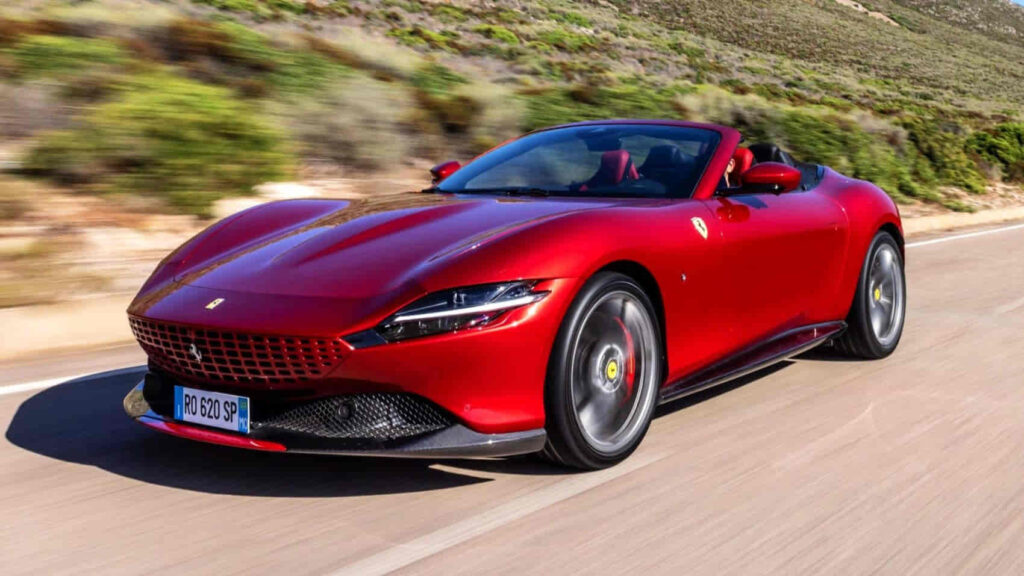
The Ferrari Roma Spider is proof that even in the modern era, perfection can slip through the cracks. When it debuted in 2023, it was meant to represent a new era of understated elegance, a blend of everyday usability and timeless design. Yet instead of universal praise, the Roma Spider received an unexpected wave of criticism. Many fans argued that it lacked the soul, drama, and passion that once defined Ferrari’s greatest creations, calling it one of the worst-looking Ferrari cars of recent years.
At first glance, the Roma Spider is undeniably refined. Its surfaces are smooth, its proportions balanced, and its cabin luxurious. But therein lies the problem. The car feels too safe, too reserved, too much like something from another luxury brand rather than Maranello’s design studio. Critics have gone as far as to call it an ugly Ferrari Roma Spider, not because it is objectively bad but because it feels emotionally disconnected. It misses that spark of Italian flair, the visual tension that makes a Ferrari instantly unforgettable.
Beneath the sleek exterior, the Roma Spider is a technical triumph. Its twin-turbo V8 delivers explosive power, and its chassis dynamics are among the best in the segment. Yet even this excellence cannot silence the debate surrounding its appearance. The Roma Spider represents a modern identity crisis, a Ferrari built for a new generation that seems to have forgotten what made the brand’s design language legendary.
Conclusion
Ferrari has always stood as the ultimate symbol of beauty and performance, a brand that turns speed into art and machinery into emotion. Yet even legends can stumble. These worst-looking Ferrari cars remind us that perfection is not a straight road but a series of bold experiments, some brilliant, others less so. Each of these designs, from the awkward Mondial 8 to the modern Roma Spider, tells a story of risk, ambition, and the constant struggle between innovation and tradition.
In truth, Ferrari’s occasional design missteps make the brand more human. They highlight the courage to try something new even when it defies expectations. Beauty, after all, is subjective, and time often changes how we see these once-criticized models. What looked wrong decades ago might one day be admired for its individuality.
So the question remains: which Ferrari do you think deserves the title of the ugliest of them all? Share your thoughts below and join the debate, because in the world of Ferrari, even imperfection sparks passion.